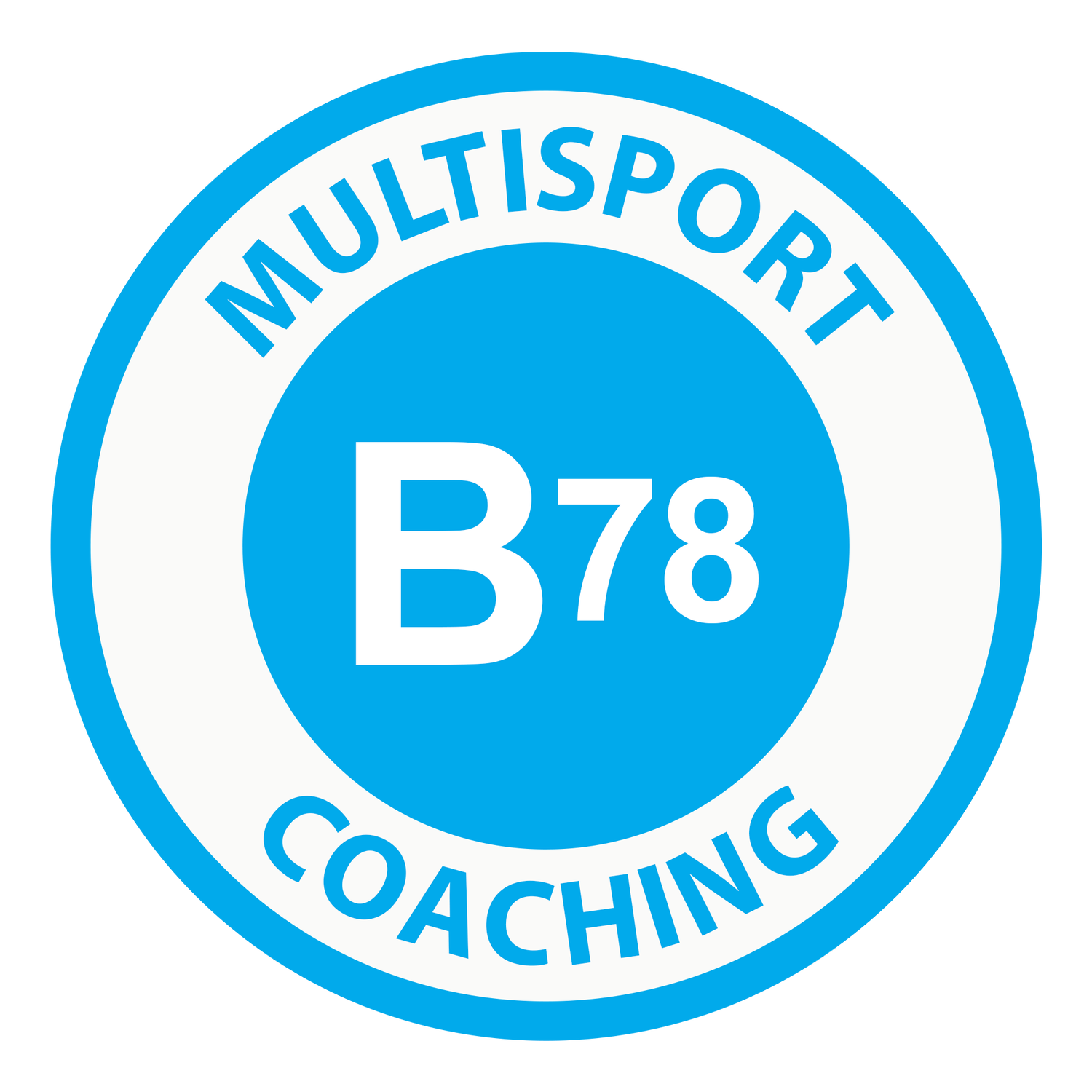Mastering the Art of Pacing in a Triathlon
Triathlons are a complex blend of three demanding sports: swimming, cycling, and running. For many athletes, the key to success lies not only in physical endurance and strength but also in the strategic art of pacing. At B78 Coaching, we believe that mastering pacing can significantly enhance performance and prevent burnout, allowing you to cross the finish line strong and satisfied.
Understanding Pacing
Pacing is the strategic management of your speed and energy expenditure throughout the race. It’s a delicate balance: go too fast, and you risk exhaustion; go too slow, and you might not achieve your personal best. Effective pacing requires a deep understanding of your body's signals and the ability to adjust your effort according to the race's demands.
Why Pacing Matters
Energy Management: Proper pacing helps conserve energy, ensuring you have enough reserves for each segment of the triathlon.
Mental Focus: Maintaining a steady pace can help you stay focused and avoid the mental fatigue that often accompanies erratic speed changes.
Injury Prevention: Pacing reduces the risk of overexertion and injury, allowing for a safer race experience.
Pacing Strategies for Each Segment
Swimming
Start Steady: Begin your swim at a moderate pace to avoid early fatigue. It’s tempting to go all out at the start, but conserving energy here will benefit you later.
Breathe Rhythmically: Establish a breathing pattern that supports your pace. Inconsistent breathing can lead to unnecessary fatigue.
Cycling
Know Your Threshold: Understand your functional threshold power (FTP) and aim to stay within 80-90% of this during the bike segment.
Stay Aerodynamic: Maintaining an aerodynamic position can help conserve energy and increase speed without extra effort.
Running
Set a Realistic Pace: Start your run at a comfortable pace, especially if it follows a taxing bike segment. Gradually increase your speed if you feel strong.
Mind Your Form: Focus on good running form to maximize efficiency and reduce the risk of injury.
Tips for Improving Pacing
Training with Intervals: Incorporate interval training into your workouts to improve your ability to maintain a steady pace over various intensities.
Use Technology: Devices like heart rate monitors and power meters provide valuable feedback on your effort levels, helping you stay within optimal zones.
Race Simulations: Practice pacing during training by simulating race conditions. This can help you fine-tune your strategy and build confidence.
The Mental Aspect of Pacing
Pacing isn’t just a physical skill; it’s a mental game. Developing the mental toughness to stick to your planned pace, despite the adrenaline rush at the start or the urge to push harder mid-race, is crucial. Visualization techniques and mindfulness practices can enhance your mental resilience, allowing you to stay calm and focused.
Conclusion
Pacing is a cornerstone of triathlon success. By mastering this art, you can achieve more consistent performance, reduce the risk of injury, and enjoy a more fulfilling race experience. Whether you’re a beginner or a seasoned triathlete, refining your pacing strategy can lead to significant improvements in your overall performance.
Ready to elevate your triathlon game? Explore our personalized coaching programs at B78 Coaching and start your journey towards smarter, more efficient training today!

